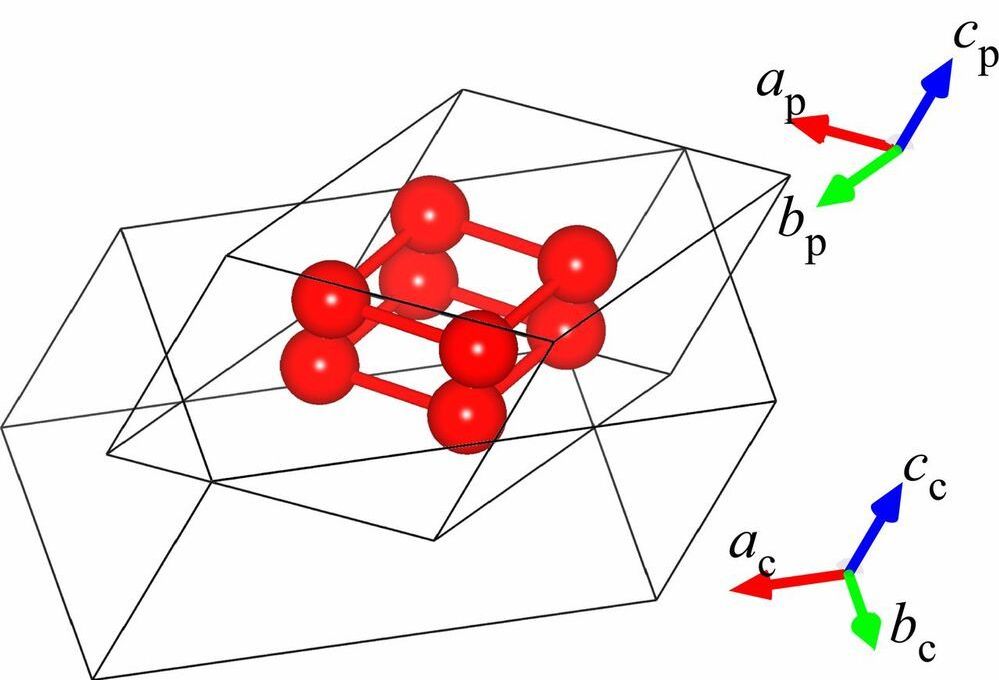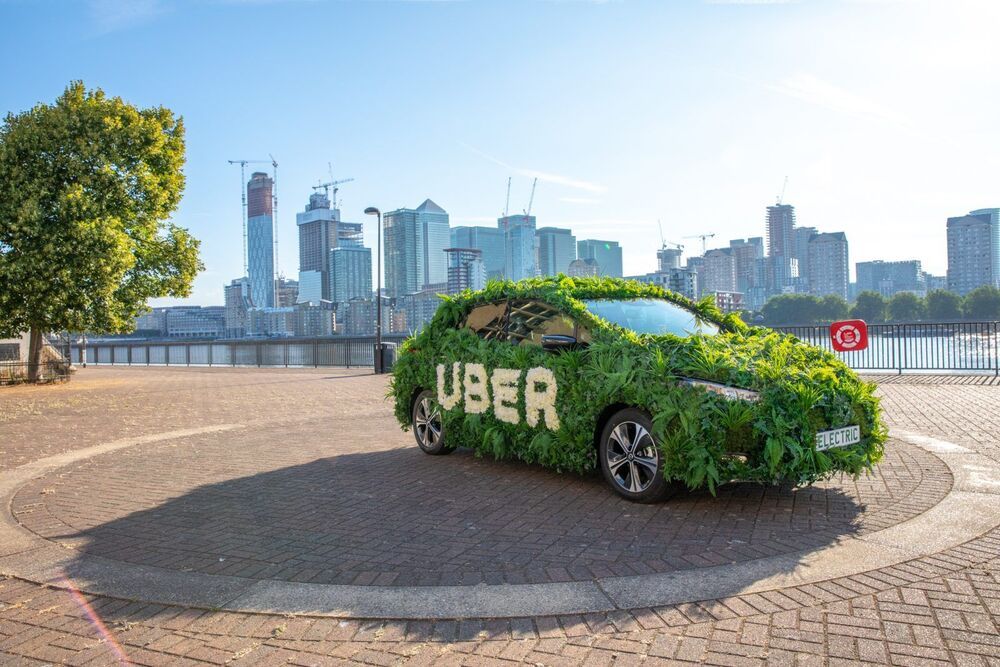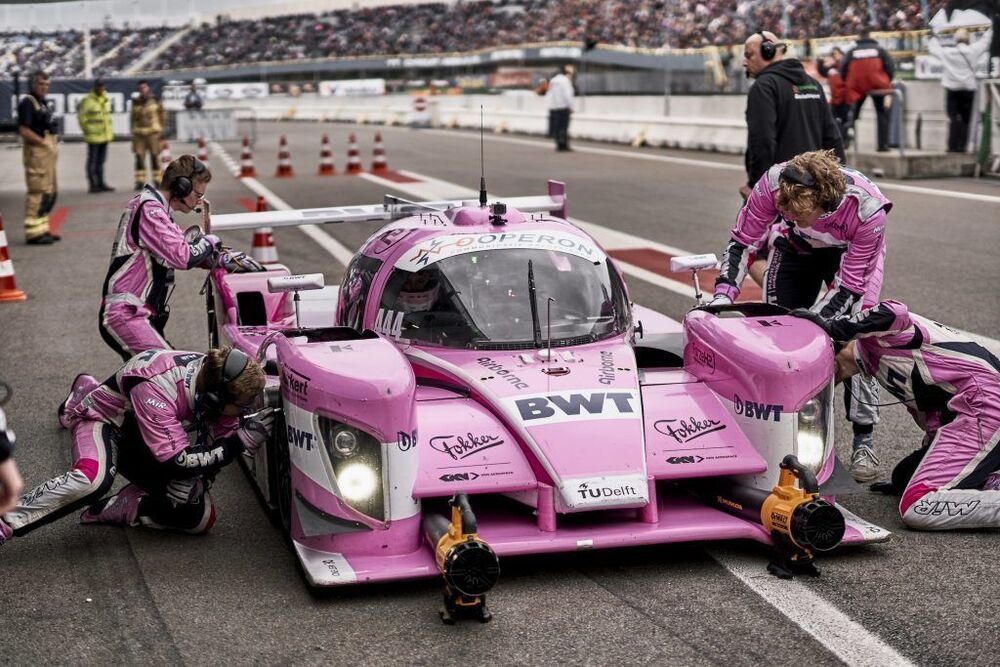Composite membrane origami has been an efficient and effective method for constructing transformable mechanisms while considerably simplifying their design, fabrication, and assembly; however, its limited load-bearing capability has restricted its application potential. With respect to wheel design, membrane origami offers unique benefits compared with its conventional counterparts, such as simple fabrication, high weight-to-payload ratio, and large shape variation, enabling softness and flexibility in a kinematic mechanism that neutralizes joint distortion and absorbs shocks from the ground. Here, we report a transformable wheel based on membrane origami capable of bearing more than a 10-kilonewton load. To achieve a high payload, we adopt a thick membrane as an essential element and introduce a wireframe design rule for thick membrane accommodation. An increase in the thickness can cause a geometric conflict for the facet and the membrane, but the excessive strain energy accumulation is unique to the thickness increase of the membrane. Thus, the design rules for accommodating membrane thickness aim to address both geometric and physical characteristics, and these rules are applied to basic origami patterns to obtain the desired wheel shapes and transformation. The capability of the resulting wheel applied to a passenger vehicle and validated through a field test. Our study shows that membrane origami can be used for high-payload applications.
Origami has been a rich source of inspiration for art, education, and mathematics, and it has proven to be an efficient and effective method for realizing transformable structures in nature (1–3) and artificial systems (4–8). Composite membrane origami, the design technique based on the laminar composition of flexible membranes with rigid facet constraints, opens a new field for robotics by the transition from component assembly to lamination, which considerably simplifies design, fabrication, and assembly. This transition simplifies and speeds up fabrication and enables reaching size scales that were difficult to access before (9, 10). In addition, membrane origami provides a versatile shape-changing ability that has been exploited in various applications (11–15), and its applicability has been extended by additional design dimensions obtained from material characteristics such as softness and stretchability (16–19).
Beyond the aforementioned benefits, origami has been an effective design tool for constructing a high payload-to-weight structure, such as a honeycomb panel, by markedly increasing the buckling strength using unique geometric configurations (20, 21). Combining this feature with reconfigurability, various stiffness transition mechanisms have also been introduced (22–24). The rigidity of components is another important factor to secure high load capacity and closely related to the thickness. Origami design is, traditionally, a matter of organizing fold lines under fundamental and ideal assumptions—zero facet thickness and zero fold line width (25–27). However, in response to growing interest in origami-inspired applications that require load-bearing capability, various thickness accommodation methods have been introduced (28–30).







